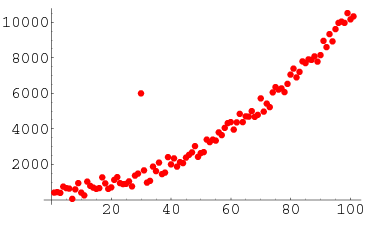Nassim Nicholas Taleb’s popular black swan theory was named after the shock Europeans felt when they discovered black swans in Australia, despite empirical evidence and their firm belief that all swans were white. He reflected that the experience illustrated “a severe limitation to our learning from observations or experience and the fragility of our knowledge.” In short: The element of surprise and power of the unknown can affect perceptions, decisions and — of course — portfolios.
The Black Swan
In this age of volatility, the possibility of black swan events has seemingly become a constant concern, whether they take the shape of an election, natural disaster or regional conflict. Even when we feel confident as investors that the events are themselves predictable, the element of surprise can test what we think we know and leave us exposed to the downside. The U.K.’s public referendum in favor of leaving the European Union took many by surprise, temporarily rattling financial markets around the world, creating political change and economic uncertainty for the U.K. and triggering a host of issues that will take years to resolve.
We can safely assume that future events will continue to jolt global markets. But when even the best of human forecasters struggle to predict with accuracy the outcomes of these events, how can pension plans, for example, effectively make decisions to better weather the volatility that follows?
If surprise events are the question, surprise data may be the answer — as long as we know where to look for them. Emerging technologies can help institutional investors interpret vast amounts of structured and unstructured data to connect the dots between the most unexpected places and events.
Here are a few ways investors can use surprising sources of information to enhance portfolio transparency and identify risk exposure ahead of potential black swan events:
Media Outliers.
In his 2000 book The Tipping Point, Malcolm Gladwell explores diffusion theory, the spread of ideas after a crescendo event. He writes that “the tipping point is that magic moment when an idea, trend, or social behavior crosses a threshold, tips, and spreads like wildfire,” but he explains that these moments are dependent on “connectors,” “mavens” and “salesmen,” all types of people who help translate ideas and information for a mass audience.
Mavens, in particular, are “information brokers, sharing and trading what they know.” In the financial marketplace, the media largely play this role. The 24-hour news cycle, although sometimes overwhelming, can itself help signal the beginning of a tipping point. Using big data to track media sentiment, volume, tone and correlation can help institutional investors understand the diffusion of ideas and outliers that can serve as clues for unexpected risk.





0 comments:
Post a Comment